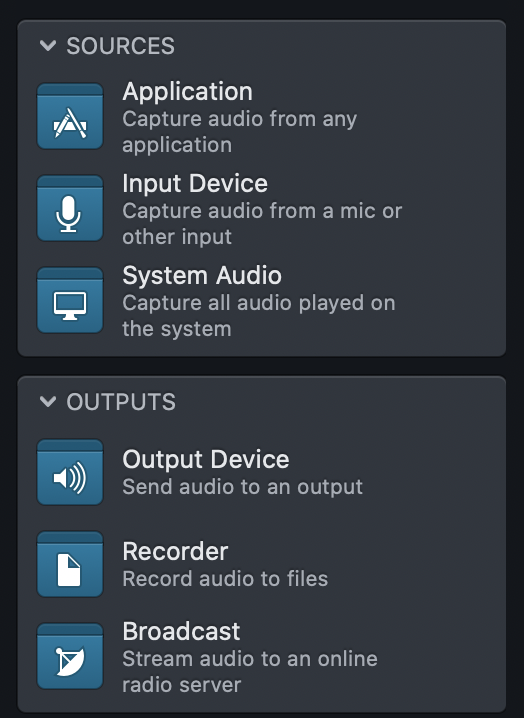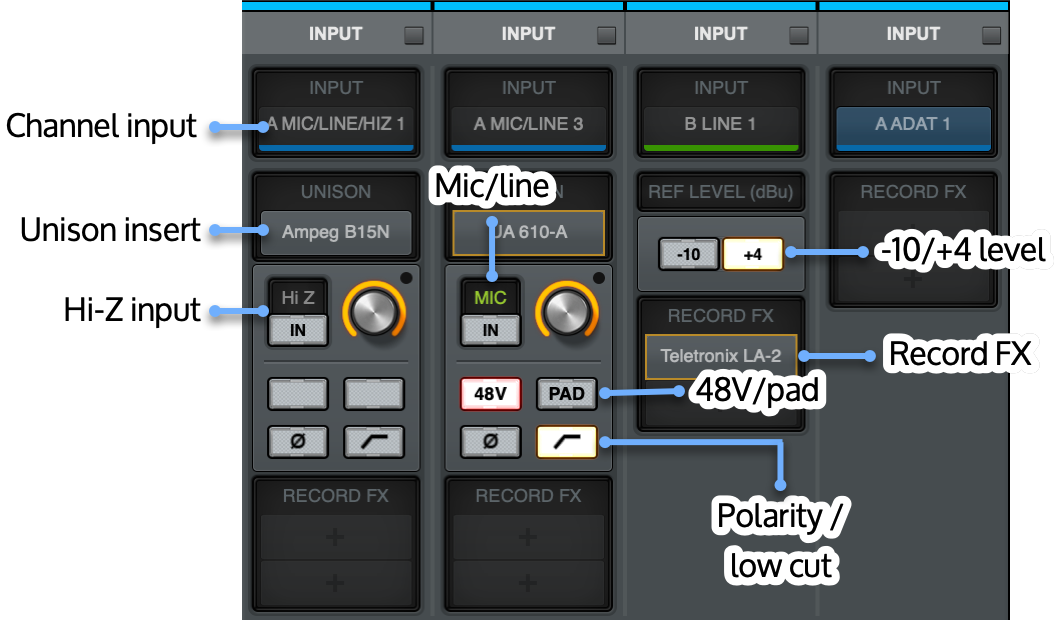


- #Audio hijack mic and output turns red how to
- #Audio hijack mic and output turns red manual
- #Audio hijack mic and output turns red Bluetooth
You've done this once or twice yourself, too. You're living in the "turn it off, and then on again" school of audio engineering.Īdmit it.
#Audio hijack mic and output turns red Bluetooth
Audio output used to be either a speaker or headphones, but now we want our computer to beam audio across the room to the screen we use as a TV and to pick up audio from a Bluetooth mic in a phone. The thing is, we're demanding a lot more of our computers now than ever before. Your box was still "broken" until you could swap out config files and restart the service. Sometimes it was the fault of the application itself, but that doesn't change the end result. Using ALSA could result in some pretty convoluted configs and wrapper-scripts, and you still never get one configuration to serve your every use case.
#Audio hijack mic and output turns red manual
However, dealing directly with ALSA can require a lot of manual hacking. ALSA works so well that some distributions are just starting to integrate Pulse by default. This article is about getting comfortable with the sound controls of a modern Linux system.

If you want to know more about that level of sound configuration, visit support forums such as Linux Questions and documentation sites such as Slackermedia to help you.
#Audio hijack mic and output turns red how to
This is not an article about how to install drivers or set sound defaults. If you have sound working on your Linux machine on a daily basis, but you get thrown off balance when you need to get specific about sound inputs and outputs, read on. Instead, they can use tools sitting on top of ALSA, like Pulse Audio. The difference is that on modern Linux, users don't generally need to deal directly with ALSA to route sound. Without going too far back in history, Advanced Linux Sound Architecture (ALSA) traditionally managed Linux audio. Sound is generated by one thing and sent to another.īetween those two end points exists a Linux sound system, because, after all, something needs to route the sound. No matter what, the model is always the same. Free online course: RHEL Technical Overview.Running Kubernetes on your Raspberry Pi.A practical guide to home automation using open source tools.6 open source tools for staying organized.An introduction to programming with Bash.A guide to building a video game with Python.


 0 kommentar(er)
0 kommentar(er)
